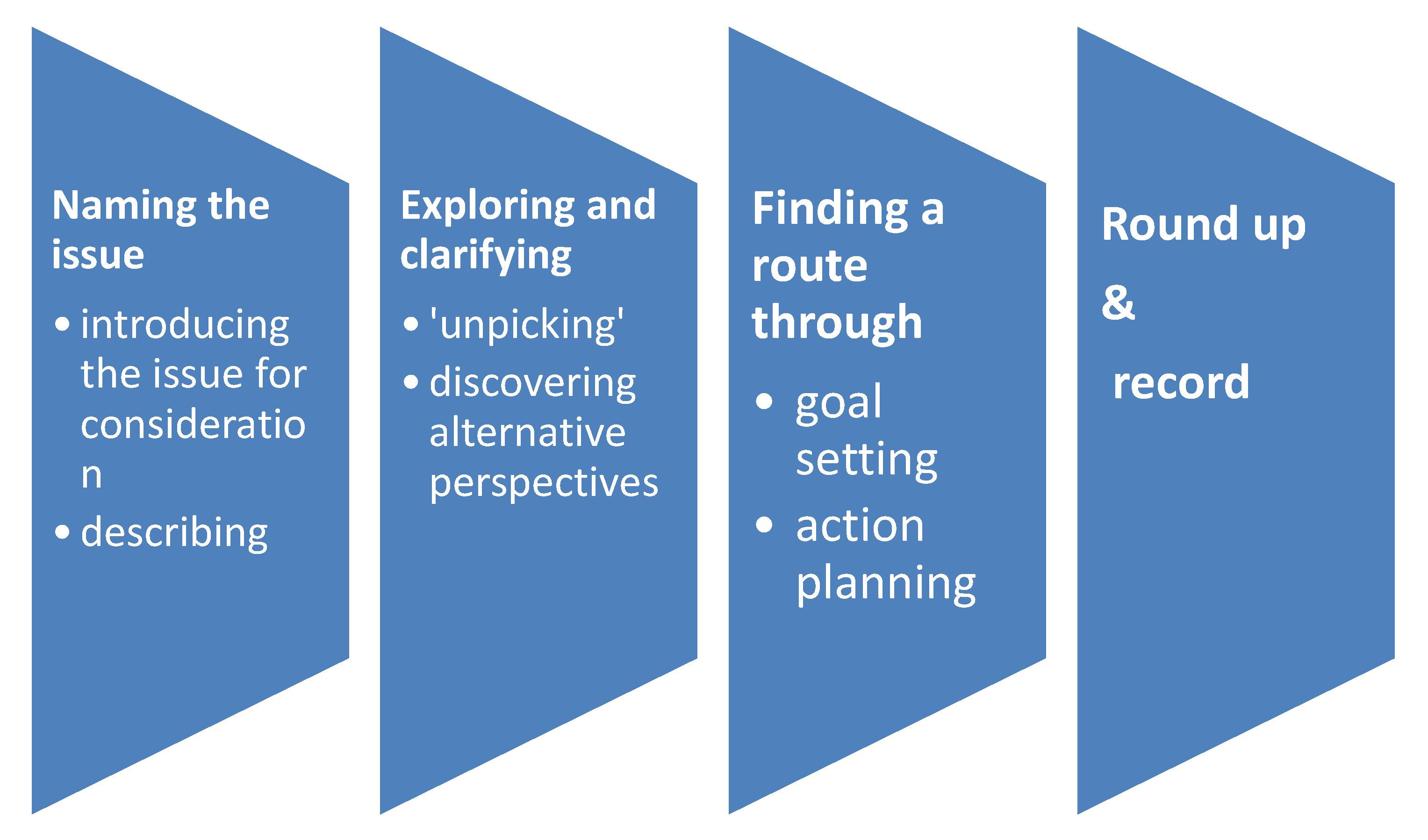Chapter 42: Clinical supervision in mental health care
Case Study: Student nurse to staff nurse
Kim is a newly qualified staff nurse who is working on an acute mental health ward and is near to completing her preceptorship programme. She acknowledges that she still has much to learn and is finding the transition from student nurse to staff nurse to be much harder than she had anticipated. Whilst a student nurse she valued the ability to always refer to her mentor or one of the qualified members of staff. Now, despite all good efforts to avoid this, she often finds herself as the only ’regular’ qualified member of staff on shift , the others being agency nurses with limited knowledge of the ward, the protocols and the needs of the service users. You are her supervisor. Today she started her session with ‘I don’t know how much longer I can keep doing this job … it’s all I ever wanted to do. My dad got admitted to one of these wards when I was a little girl, it was awful; all I want to do make sure that no other person or family has the experience that he had. I truly want to make a difference, but I havent got the strength … it’s just too hard.’ She is near to tears. You as a supervisor have the task to help her make the use of the 60 precious minutes that you have with her.
What are your priorities?
Please consider the structure for supervision, provided in Chapter 42:

